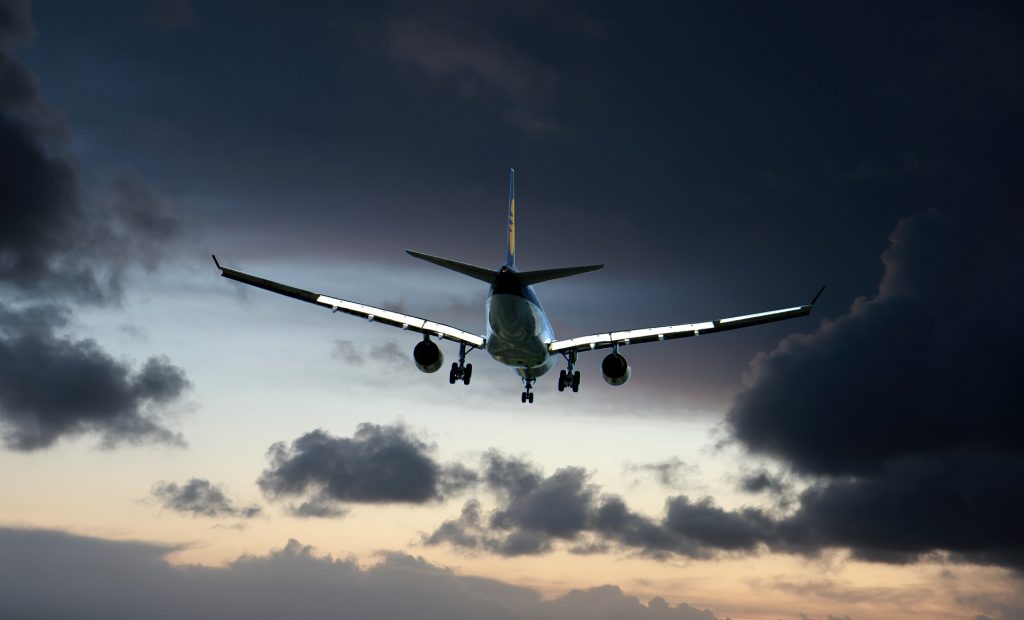Atmospheric conditions vary from one place to another and can cause weather variations, turbulence and other situations that affect the conduct of a flight. Therefore, in the aeronautical sector, an average standard of the ideal atmospheric conditions for air operations has been established, called the International Standard Atmosphere, ISA.
Contents
International Standard
The ideal atmospheric conditions were defined by the ICAO (International Civil Aviation Organization) in 1949. ICAO structured a model that considers temperature, density and viscosity, with the height in the earth’s atmosphere. Several countries have adopted this standard, using it as a reference for the planning of aeronautical activities.
The ISA conditions have their application as a measure to evaluate the conditions of a flight, its risks and the implications on the route. Ignorance or indifference to ISA conditions in a flight can even lead to accidents, as we saw in the article: What is a controlled flight into terrain?
Height, altitude, and elevation concepts at ISA
For non-aviation people the terms can mean exactly the same, however, for the technical language of the ISA conditions, these 3 terms have a different meaning from each other, which is necessary to understand in order to give and follow correct flight instructions:
- Height: It is the vertical distance between the plane and a specific reference, which can be the land, a building, etc.
- Altitude: It is the vertical distance between the plane and the sea level reference (MSL Main Sea Level), unlike the height, the reference will always be constant and cannot be changed by another object.
- Elevation: It is the distance between the surface of a piece of land and sea level, unlike the two previous ones for this term, it is not measured in reference to the plane. However, knowledge of elevation is necessary to adjust the height of the flight, more so when following the rules of instrumental flight. If you want to know more about instrument flight and navigation you can read our article: How do pilots fly from one place to another without getting lost?
Temperature model according to ISA conditions
Internationally, ISA conditions have established the reference temperature from the estimated sea level of 15° C with a pressure of 1,013.25 hPa. The temperature decreases as a result of higher altitude at a constant rate of -6.5° C/ 1,000 m. Up to the tropopause, above the tropopause, the temperature is constant at -56.5 °C. To easily obtain the standard temperature for a given altitude, the formula T° ISA (°C)= 15 – (0.2 X FL) can be used.
Knowing the temperature based on the ISA reference serves to compare the real or speculated atmospheric conditions of a flight and to estimate the performance of the aircraft, the engine and the various systems that an aircraft has, as well as the exposure of the pilot and crew to the temperature.
What do you think about this topic? Did you know the ISA conditions?
If you have any doubt or question you can contact us or write your query in the comments section below.
Image by Rene Rauschenberger via Pixabay under Creative Commons license.
